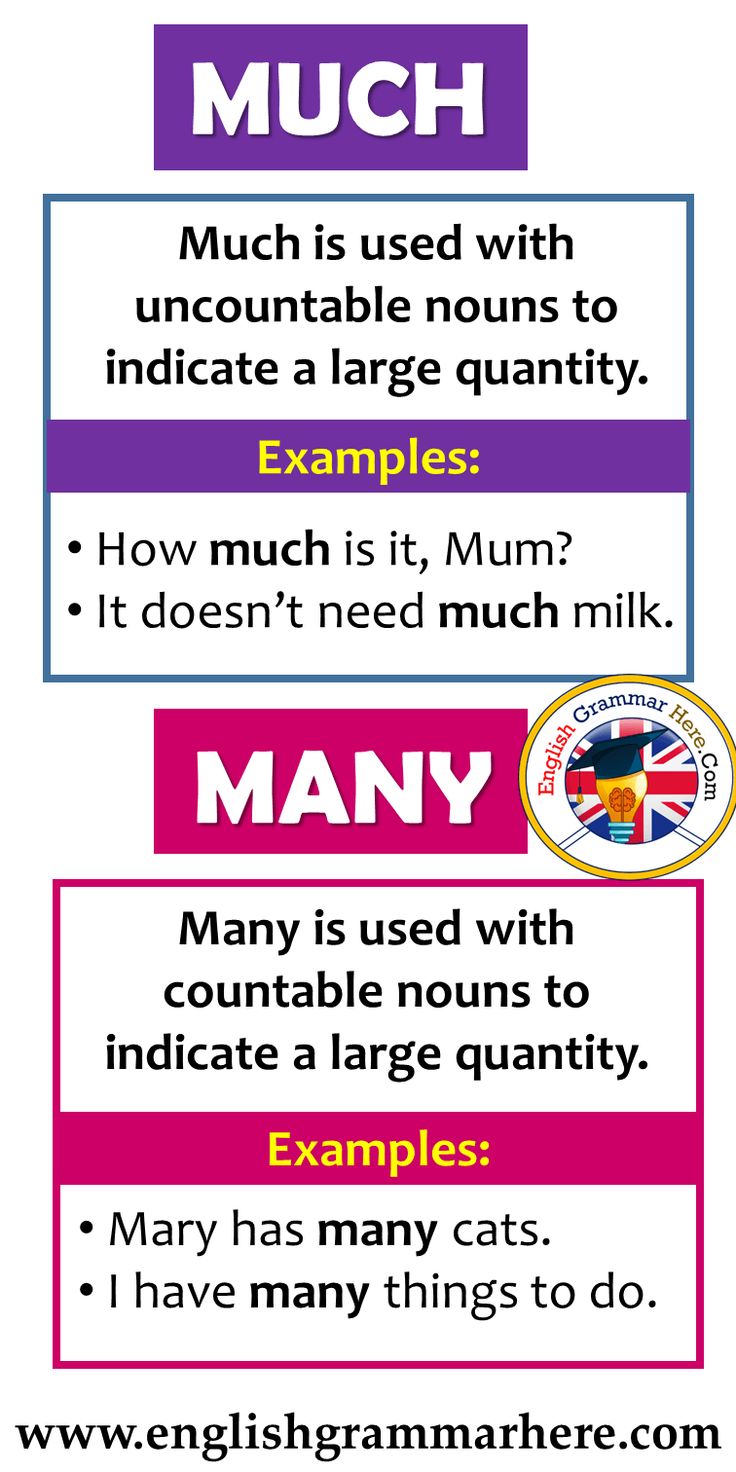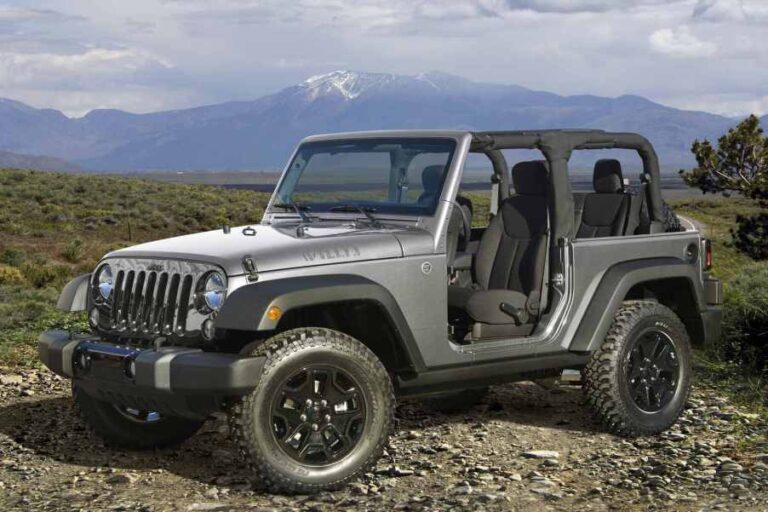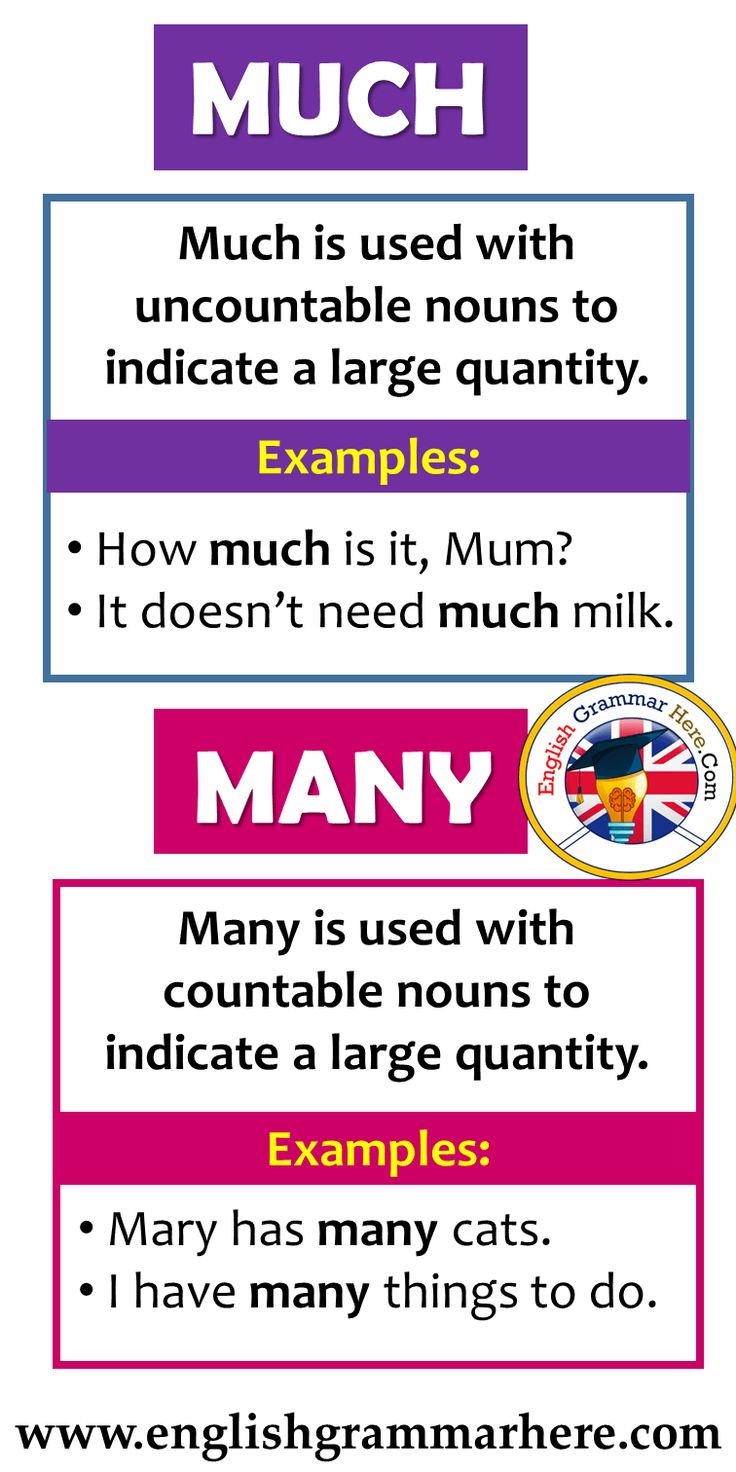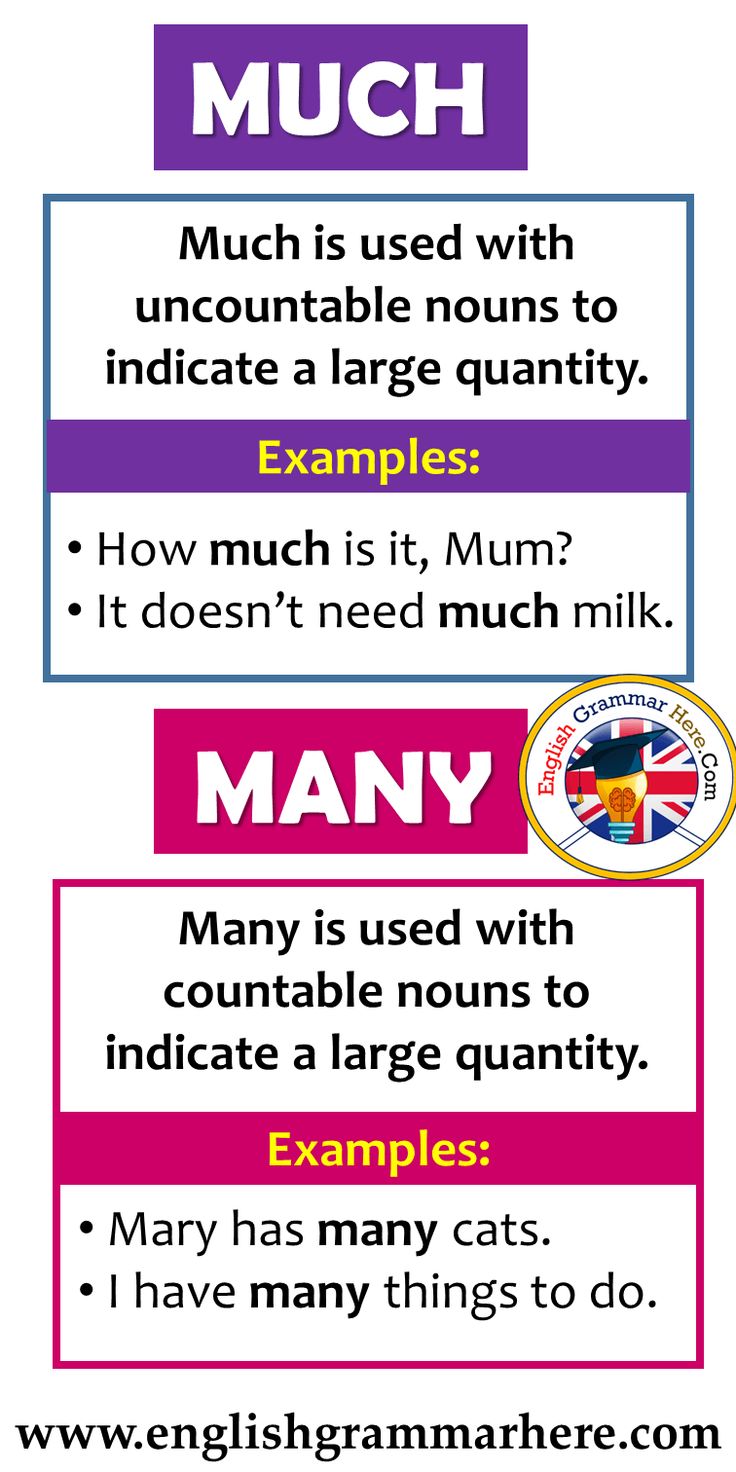How Much Does A Jeep Wrangler Cost To Fill Up? Unraveling the Fueling Equation
How Much Does A Jeep Wrangler Cost To Fill Up? Unraveling the Fueling Equation jeeps.truckstrend.com
The Jeep Wrangler. It’s more than just a vehicle; it’s an icon of adventure, a symbol of freedom, and a gateway to the great outdoors. With its unparalleled off-road capability, distinctive design, and removable roof and doors, the Wrangler embodies a unique lifestyle. However, for many prospective and current owners, a crucial question often arises: How much does a Jeep Wrangler cost to fill up?
Unlike a fixed price tag, the cost to fill a Jeep Wrangler’s tank is a dynamic figure, influenced by a multitude of factors that fluctuate daily, monthly, and even hourly. Understanding these variables is key to accurately budgeting for your adventures and managing your vehicle’s running costs. This comprehensive guide will delve deep into the elements that determine how much you’ll shell out at the pump, providing practical insights and actionable advice to help you navigate the world of Wrangler fueling.
How Much Does A Jeep Wrangler Cost To Fill Up? Unraveling the Fueling Equation
The Variables at the Pump: Factors Influencing Fuel Cost
Calculating the cost to fill your Wrangler isn’t as simple as checking a single price. Several interconnected factors play a significant role:
- Fuel Price Per Gallon: This is the most obvious and volatile factor. Gasoline prices vary dramatically by state, city, specific gas station, and global oil market fluctuations. A difference of even $0.50 per gallon can significantly alter your fill-up cost.
- Fuel Tank Capacity: Jeep Wranglers come with different fuel tank sizes depending on the model, trim, and generation (e.g., JK vs. JL, 2-door vs. 4-door Unlimited). A larger tank will naturally cost more to fill, assuming it’s near empty.
- Engine Type and Fuel Efficiency (MPG): Not all Wranglers are created equal under the hood. Jeep offers a range of engine options, each with its own specific Miles Per Gallon (MPG) rating. A more fuel-efficient engine might require fewer fill-ups over time, but the cost per fill-up is primarily tied to tank size.
- Driving Habits and Conditions: Aggressive driving (rapid acceleration, hard braking), excessive idling, heavy traffic, and frequent city driving will all consume more fuel than smooth highway cruising. Off-roading, towing, or driving against strong headwinds also drastically reduce fuel economy.
- Vehicle Configuration and Modifications: Adding heavy aftermarket bumpers, winches, roof racks, larger and heavier tires, or lift kits significantly increases the vehicle’s weight and aerodynamic drag, leading to lower MPG and more frequent fill-ups.
- Maintenance: A well-maintained engine runs more efficiently. Clogged air filters, improperly inflated tires, old spark plugs, or neglected oil changes can all contribute to reduced fuel economy.

Wrangler Models, Tank Sizes, and Engine Efficiency
To estimate your fill-up cost, you first need to know your Wrangler’s specific characteristics.
Typical Fuel Tank Capacities (Approximate):

- Jeep Wrangler 2-Door (JK/JL): Around 17.5 gallons (66.2 liters)
- Jeep Wrangler 4-Door Unlimited (JK/JL): Around 21.5 gallons (81.4 liters)
- Jeep Wrangler 4xe (PHEV): Smaller gasoline tank, typically around 17.2 gallons (65 liters), as it relies on electric power for a significant portion of its range.

Common Engine Types and EPA Estimated MPG (Combined City/Highway):
- 3.6L Pentastar V6 (eTorque optional): This widely available engine offers a good balance of power and efficiency.
- 2-Door: ~19-20 MPG
- 4-Door: ~19-21 MPG
- 2.0L Turbo I4 (eTorque optional): Known for its torque and slightly better efficiency than the V6 in some scenarios.
- 2-Door: ~21-22 MPG
- 4-Door: ~21-22 MPG
- 3.0L EcoDiesel V6 (discontinued in new models, but common in used): Excellent for highway cruising and towing, offering the best diesel MPG.
- 4-Door: ~22-23 MPG (higher on highway)
- 6.4L HEMI V8 (Rubicon 392): The performance king, but at a significant fuel economy cost.
- 4-Door: ~14 MPG
- 2.0L Turbo 4xe (Plug-in Hybrid): This model operates on electricity for its initial range (typically 21-25 miles) and then switches to hybrid mode.
- MPGe (Miles Per Gallon equivalent, electric + gas): ~49 MPGe
- MPG (Gasoline only, after electric range): ~20 MPG
Important Note: These are EPA estimates. Your real-world MPG will almost certainly vary based on the factors mentioned earlier.
Calculating the Cost to Fill Up Your Wrangler
The basic formula is straightforward:
Cost to Fill Up = Fuel Tank Capacity (Gallons) x Price Per Gallon ($)
Let’s illustrate with some examples, assuming a tank is near empty:
- Scenario 1: 2-Door Wrangler (17.5-gallon tank) at $3.50/gallon
- 17.5 gallons * $3.50/gallon = $61.25
- Scenario 2: 4-Door Wrangler Unlimited (21.5-gallon tank) at $4.00/gallon
- 21.5 gallons * $4.00/gallon = $86.00
- Scenario 3: Rubicon 392 (21.5-gallon tank) at $4.50/gallon (often requires premium)
- 21.5 gallons * $4.50/gallon = $96.75
As you can see, the cost can range significantly based on your model and current fuel prices.
Real-World Fuel Economy vs. EPA Estimates: The "Jeep Tax"
While EPA estimates provide a baseline, many Wrangler owners find their real-world fuel economy to be lower. This phenomenon is often dubbed the "Jeep Tax" on MPG. Wranglers are inherently less aerodynamic than many other vehicles due to their boxy shape, solid axles, and off-road-oriented features. Furthermore, the common practice of adding larger, heavier, and more aggressive tires (which have higher rolling resistance) and lift kits (which increase drag) further compounds the issue.
Factors that cause real-world MPG to differ:
- Driving Style: Aggressive driving can easily drop your MPG by 10-20%.
- Tires: Mud-terrain tires, while great for grip, are notorious for reducing MPG.
- Gearing: Changes to axle gearing to compensate for larger tires can impact highway MPG.
- Elevation Changes: Mountainous terrain requires more power and thus more fuel.
- Temperature: Extreme cold or hot weather can affect engine efficiency.
- Traffic: Stop-and-go traffic is particularly inefficient for gasoline engines.
Practical Advice and Actionable Insights to Manage Fuel Costs
While you can’t control global fuel prices, you can certainly influence how often and how much you spend at the pump.
- Embrace Smooth Driving: Accelerate gently, anticipate stops to avoid hard braking, and maintain a consistent speed. Using cruise control on the highway is highly recommended.
- Monitor Tire Pressure Regularly: Under-inflated tires increase rolling resistance and reduce fuel economy. Check your tire pressure at least once a month.
- Perform Regular Maintenance: Follow your Jeep’s recommended service schedule. A well-tuned engine, clean air filter, and fresh oil all contribute to optimal fuel efficiency.
- Lighten the Load: Remove any unnecessary weight from your Wrangler. Every extra pound your engine has to move requires more fuel.
- Minimize Aerodynamic Drag: If you have a roof rack, light bar, or other accessories that aren’t in use, consider removing them. Even small changes can make a difference.
- Plan Your Trips: Combine multiple errands into one trip to reduce cold starts (when engines are least efficient). Use navigation apps to find the most efficient routes, avoiding heavy traffic.
- Shop Around for Gas: Use fuel price apps (like GasBuddy or AAA) to find the cheapest gas in your area. Even a few cents per gallon can add up over time.
- Consider a 4xe: If your driving habits involve frequent short commutes and you have access to charging, the Wrangler 4xe can significantly reduce your gasoline consumption, offering excellent MPGe for daily driving.
- Understand Octane Needs: Most Wranglers run on regular 87 octane gasoline. Using higher octane fuel than recommended by the manufacturer will not improve performance or fuel economy and simply wastes money. The Rubicon 392 is an exception, requiring premium fuel.
Beyond the Pump: A Brief Look at Other Running Costs
While this article focuses on fuel, it’s worth remembering that fuel is just one part of the total cost of owning a Jeep Wrangler. You’ll also need to budget for:
- Maintenance: Oil changes, tire rotations, brake service, etc.
- Tires: Wrangler tires, especially larger off-road ones, can be expensive to replace.
- Insurance: Varies based on model, location, and driver history.
- Modifications: The "Jeep wave" often leads to a desire for customization, which can be a significant ongoing expense.
Challenges and Solutions
- Challenge: Volatile Fuel Prices. Solution: Budget for a higher range, use fuel price apps, and consider loyalty programs.
- Challenge: Lower-than-expected MPG. Solution: Re-evaluate driving habits, ensure proper maintenance, and consider if certain modifications are truly necessary for your daily driving.
- Challenge: Off-roading consumes a lot of fuel. Solution: This is part of the experience. Plan your trips, carry extra fuel if necessary for remote areas, and factor it into your adventure budget.
- Challenge: 4xe charging access. Solution: Invest in a home charger, identify public charging stations along your routes, and optimize your charging schedule to maximize electric range.
Table: Estimated Cost to Fill a Jeep Wrangler (Approximate Ranges)
This table provides estimated fill-up costs based on common tank sizes and a range of fuel prices. Please note: Actual costs will vary based on current fuel prices in your area, the exact capacity of your tank when filled, and the condition of your vehicle.
| Wrangler Model / Engine Type | Approx. Tank Size (Gallons) | EPA Est. Combined MPG Range | Est. Cost @ $3.00/Gal | Est. Cost @ $3.75/Gal | Est. Cost @ $4.50/Gal |
|---|---|---|---|---|---|
| 2-Door (3.6L V6/2.0L I4) | 17.5 | 19-22 | $52.50 | $65.63 | $78.75 |
| 4-Door Unlimited (3.6L V6/2.0L I4) | 21.5 | 19-22 | $64.50 | $80.63 | $96.75 |
| 4-Door EcoDiesel (3.0L V6) | 21.5 | 22-23 | $64.50 | $80.63 | $96.75 |
| 4-Door Rubicon 392 (6.4L V8) | 21.5 | 14 | $64.50 (Premium) | $80.63 (Premium) | $96.75 (Premium) |
| 4-Door Wrangler 4xe (PHEV) | 17.2 | 20 (Gas Only) / 49 MPGe | $51.60 | $64.50 | $77.40 |
Note: EcoDiesel prices are for diesel fuel, which can differ from gasoline prices. Rubicon 392 requires premium gasoline.
Frequently Asked Questions (FAQ)
Q1: Is a Jeep Wrangler expensive to fill up?
A1: Compared to many other passenger vehicles, yes, a Jeep Wrangler can be relatively expensive to fill up. This is primarily due to its typically larger fuel tank capacity, less aerodynamic design, and often lower MPG figures, especially for modified vehicles or those with the V8 engine.
Q2: How many miles can a Jeep Wrangler go on a full tank?
A2: This depends directly on your Wrangler’s tank size and its actual MPG.
- For a 2-door with a 17.5-gallon tank and 20 MPG: 17.5 gal * 20 MPG = 350 miles.
- For a 4-door with a 21.5-gallon tank and 18 MPG: 21.5 gal * 18 MPG = 387 miles.
- For a Rubicon 392 with a 21.5-gallon tank and 14 MPG: 21.5 gal * 14 MPG = 301 miles.
Your actual range will vary based on driving conditions.
Q3: Does the Wrangler 4xe really save money on fuel?
A3: Yes, potentially a significant amount, especially if you have access to charging and primarily drive short distances within its electric range. If you can complete your daily commute mostly on electricity, your gasoline consumption will be minimal. For longer trips, it operates as a hybrid, still offering better overall efficiency than purely gasoline-powered Wranglers. However, the initial purchase price of a 4xe is higher.
Q4: Do larger tires and lift kits significantly affect fuel economy?
A4: Absolutely. Larger, heavier tires increase rolling resistance and unsprung weight, while lift kits increase aerodynamic drag. Both can lead to a noticeable decrease in MPG, often by 2-5 MPG or more, depending on the extent of the modifications.
Q5: What’s the best way to save money on gas for my Jeep Wrangler?
A5: The most impactful ways are:
- Adopt smooth, consistent driving habits.
- Maintain proper tire pressure.
- Perform regular vehicle maintenance.
- Remove unnecessary weight and external accessories when not in use.
- Use fuel price apps to find the cheapest gas.
Conclusion: Fueling Your Adventure
The cost to fill up a Jeep Wrangler is not a fixed number, but rather a variable influenced by fuel prices, your specific model, engine, and most importantly, your driving habits. While Wranglers are not typically known for their fuel efficiency, understanding these factors empowers you to make informed decisions and manage your expenses effectively.
Owning a Jeep Wrangler is an investment in adventure and a lifestyle choice. While the cost at the pump is a consideration, for many, it’s a small price to pay for the unparalleled freedom and capability these iconic vehicles offer. By applying the practical advice shared in this guide, you can ensure that your Wrangler adventures remain thrilling, without breaking the bank at every fuel stop. So, fill up, hit the road (or the trail), and enjoy the ride!





